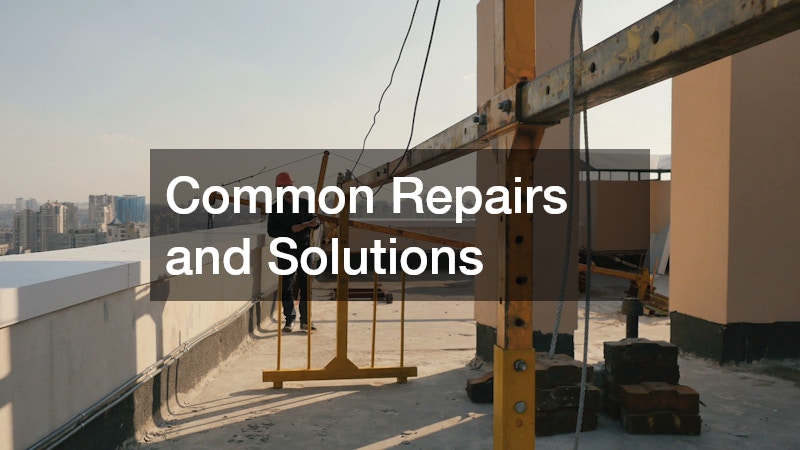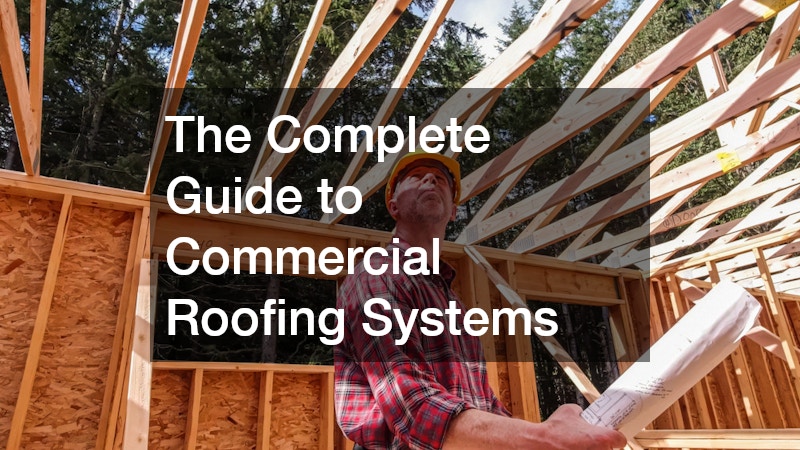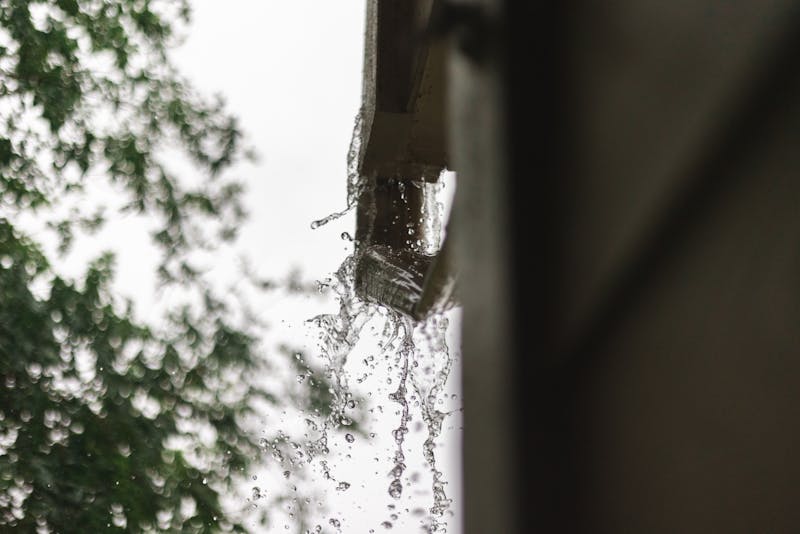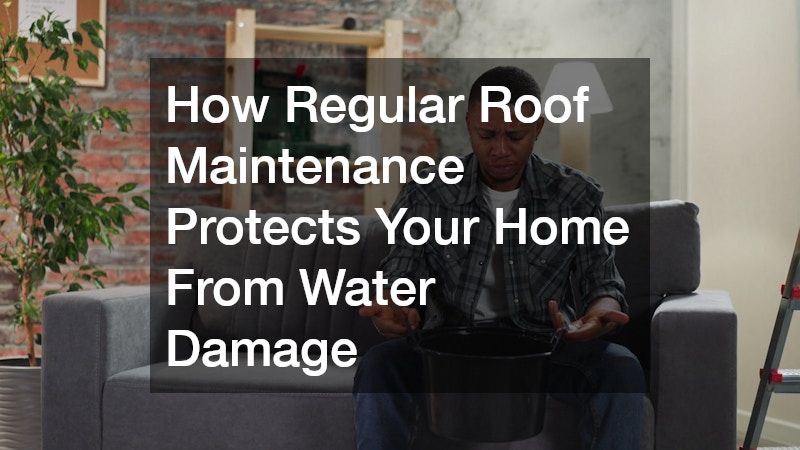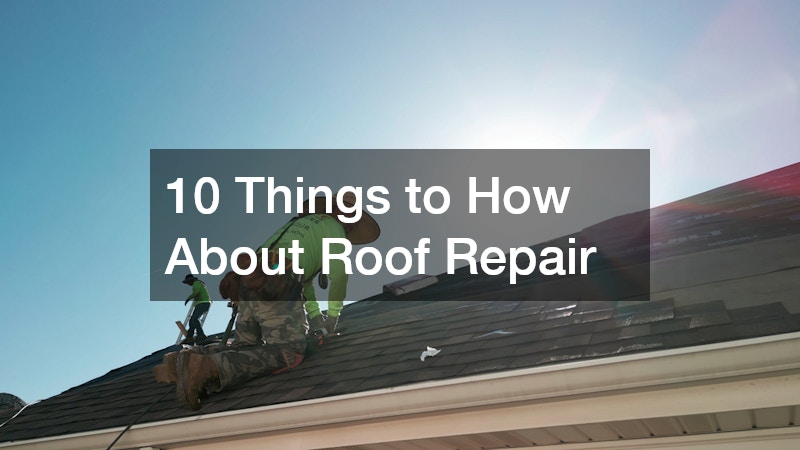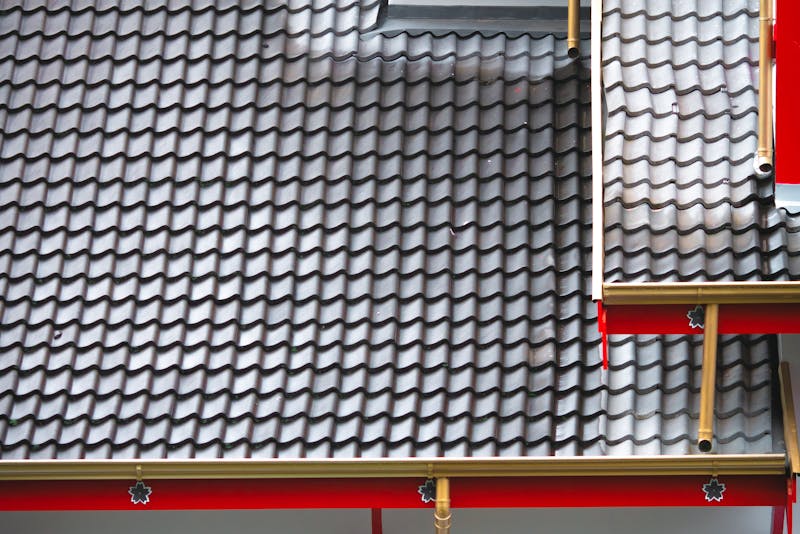This guide aims to provide comprehensive information on commercial roofing systems, highlighting essential aspects of installation, maintenance, and selection. Whether you’re a business owner looking to replace a roof or a commercial roofer seeking detailed insights, this article has you covered. By understanding the intricacies of different roofing systems, you can make informed decisions that ensure durability and efficiency.
Different Types of Commercial Roofing Systems
Flat Roofing Systems
Flat roofing systems are a popular choice for commercial buildings due to their cost-effectiveness and ease of installation. Common materials used include PVC, TPO, and EPDM, each offering unique advantages according to the building’s needs. The low slope of these roofs facilitates easier installation of HVAC systems and solar panels, providing additional utility.
One of the key benefits of flat roofing systems is their accessibility, making them ideal for routine inspections and maintenance tasks. These roofs are designed to withstand various weather conditions, though they may require efficient drainage solutions to prevent water accumulation. Despite potential challenges, advancements in roofing materials have significantly improved the performance and lifespan of flat roofs.
Flat roofs are frequently seen in urban environments where space efficiency is a priority. They offer versatility in design and can accommodate additional features such as rooftop gardens. For businesses looking to maximize structural efficiency, flat roofing systems present an attractive option.
Sloped Roofing Systems
Sloped roofing systems are characterized by their angled design, which naturally promotes water runoff and minimizes leak risks. Suitable materials for these roofs include metal, shingles, and tiles, each providing varied degrees of aesthetic appeal and durability. The slope enhances the roof’s longevity by reducing exposure to water pooling.
These systems are versatile in accommodating various architectural designs, making them suitable for many types of commercial buildings. The increased pitch is particularly beneficial in areas with heavy rainfall or snow, as it helps prevent structural strain from accumulated weight. When choosing between roofing options, considering the building’s style and environmental conditions is critical.
Sloped roofs often require more complex installation techniques, but their aesthetic and functional benefits can outweigh these challenges. They offer added benefits of improved insulation and air circulation, enhancing energy efficiency. For commercial properties looking to combine style with practicality, sloped roofing systems are an excellent choice.
Choosing the Right Commercial Roofing Systems
Considerations for Different Climates
The impact of climate on roofing selection cannot be understated, as different materials perform uniquely under varying weather conditions. In hotter climates, reflective materials that deflect sunlight and reduce heat penetration are crucial for energy efficiency. Conversely, in colder regions, insulation properties and resistance to moisture are top priorities in roofing materials.
Rainy and snowy environments require roofing systems with steep slopes and durable waterproof coatings to prevent leaks and structural damage. Understanding the local climate is essential to selecting a roofing system that will withstand natural elements over time. Additionally, selecting the right underlayment can provide further protection and enhance the roof’s resilience.
Considering these factors can ultimately lead to significant cost savings and extended roof longevity. Building regulations and environmental conditions should guide the choice of materials to ensure compliance and sustainability. Using advanced roofing technologies, such as cool roofs, can further enhance the building’s energy efficiency and occupant comfort.
Budgeting and Long-term Costs
When choosing a commercial roofing system, initial costs are often weighed against long-term expenses and benefits. While some materials may have higher upfront costs, they often offer superior durability and reduced maintenance, offsetting initial investments. Property owners must consider the total lifecycle cost, which includes installation, maintenance, repair, and replacement expenses.
Budget planning should also account for potential energy savings provided by energy-efficient roofing materials. For example, cool roofs can reduce cooling costs by reflecting more sunlight and absorbing less heat. This energy efficiency translates to lower electricity bills and a smaller carbon footprint, a valuable consideration for eco-conscious businesses.
Long-term repair liabilities should also influence the decision-making process. A thorough understanding of each material’s durability and maintenance requirements can help prevent unexpected costs. By selecting both financially and environmentally suitable roofing solutions, businesses can achieve better financial predictability and operational efficiency.
Maintenance Required for Commercial Roofing Systems
Routine Maintenance Practices
Regular maintenance is crucial for extending the lifespan and functionality of commercial roofing systems. Simple practices, such as clearing debris, inspecting for leaks, and checking drainage systems, can prevent minor issues from escalating into significant problems. Allocating resources for routine inspections can save costly repairs and improve overall roof health over time.
Routine maintenance also includes evaluating sealants, seams, and flashing, as these are common sources of weakness in a roofing system. By addressing small damages promptly, property owners can prevent long-term deterioration and costly replacements. Consistent upkeep is essential for maintaining a safe and secure roofing environment over the years.
Common Repairs and Solutions
Despite regular maintenance, roofing systems may still encounter issues that require repair. Common problems, such as leaks, blistering, and ponding water, can compromise the roof’s integrity and necessitate immediate attention. Understanding the typical causes of these issues, such as faulty installation or weather damage, is key to effective problem-solving.
Solutions range from applying new sealant to reinforce weak areas to full-scale re-roofing in the case of severe damage. Employing experienced roofing contractors who specialize in commercial systems can facilitate accurate diagnoses and repairs. Developing a repair strategy involves not only remedying present issues but also implementing preventative measures to mitigate future risks.
Choosing the right commercial roofing system involves evaluating various factors, including types, potential costs, and maintenance requirements. By understanding these elements, you can ensure a durable and efficient roofing solution for your commercial property. Careful consideration of materials, climate influences, and long-term implications will set your business on a path toward sustainable structural integrity.
